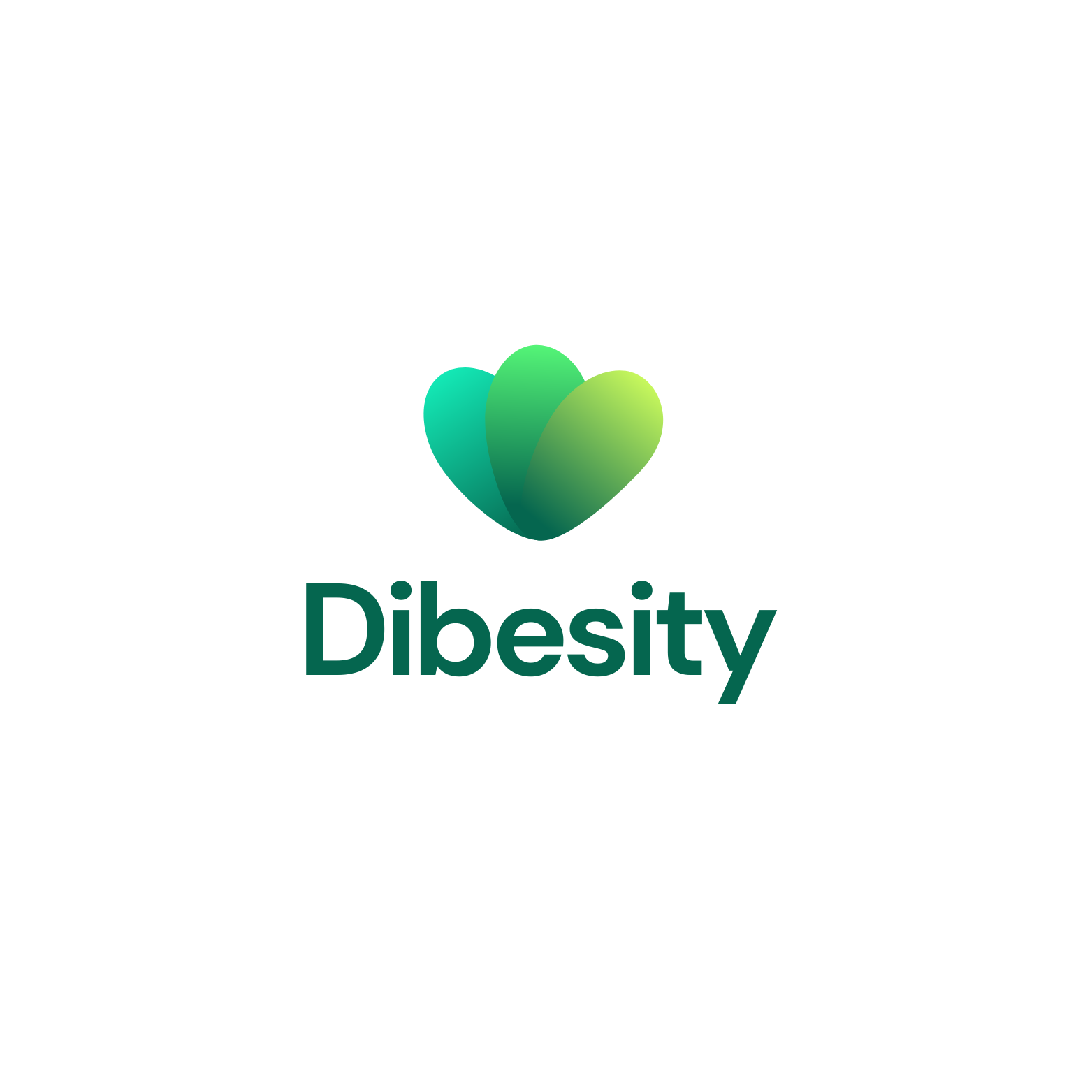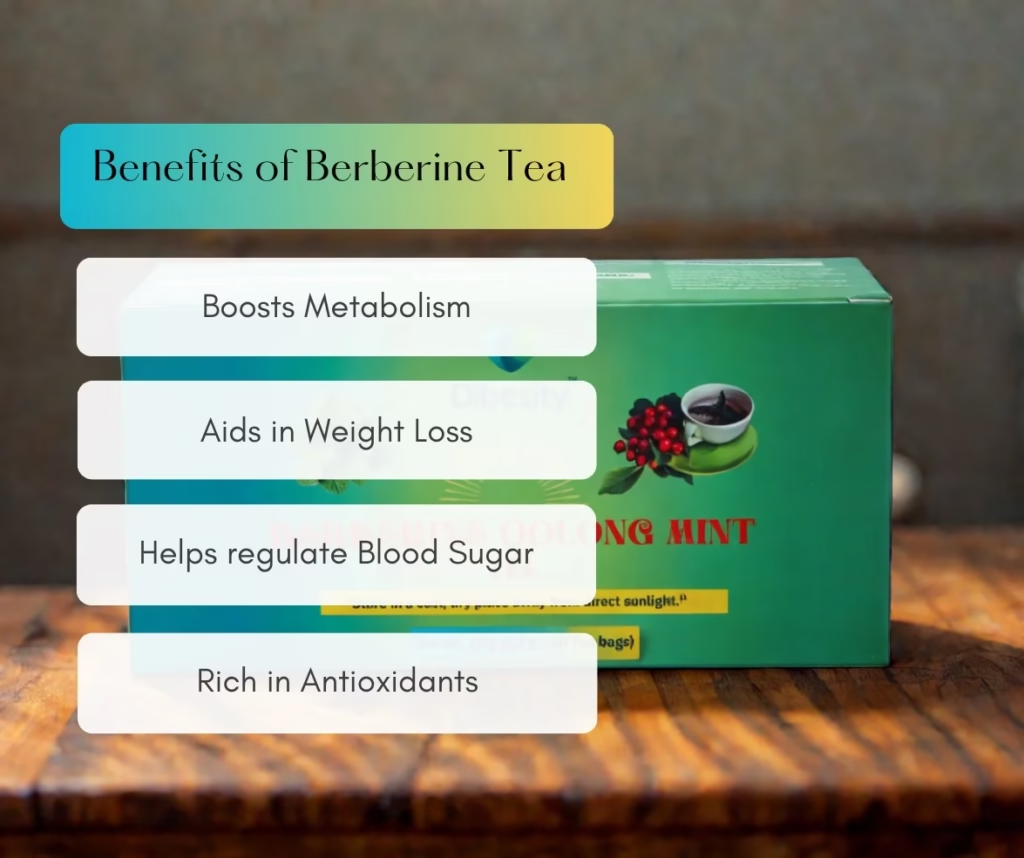Do you know that weight gain can cause havoc on your cardiac health? While most people are aware of what too much fat can do to their overall health, very few are aware of its damage to heart tissue.
Subcutaneous fat is what you can see and pinch just under your skin, however, there is another type of adipose tissue, which causes more serious problems, visceral fat.
It is hidden or nestled deep within the abs, and it surrounds your organs, including your heart, posing a risk to the cardiovascular system.
So, subcutaneous fat is just adipose tissue, but visceral fat is more than that, as it is metabolically active.
It is like an endocrine organ, and it keeps releasing a bunch of harmful substances into your bloodstream.
Such chemicals can set off a chain of reactions that can negatively increase the risk of serious heart problems.
Here’s how excess abdominal fat silently sabotages your heart:
Inflammation:
Visceral fat releases inflammatory cytokines, which then signal molecules that trigger chronic low-grade inflammation all over your body [ref].
This type of systemic inflammation can harm the delicate lining of your blood vessels and make them more prone to plaque accumulation, leading to atherosclerosis.
Hormonal change:
Furthermore, visceral fat can also cause an imbalance in your hormones. It leads to a high production of LDL cholesterol and triglycerides, while lowering the levels of HDL cholesterol.
This type of unhealthy lipid profile significantly increases the risk of arterial blockages and myocardial infarction.
Insulin resistance:
How can we talk about fat accumulation without mentioning insulin resistance? It is the inability of your body to use insulin properly.
This can cause increased levels of blood sugar and eventually type 2 diabetes. Moreover, T2DM is a significant risk factor for heart problems because high glucose levels can directly damage blood vessels over time.
Blood pressure:
The inflammatory substances released by visceral fat and hormonal imbalance can also induce high blood pressure or hypertension.
When there is more pressure on the artery walls, it can further elevate the damage and the chances of heart attack, stroke, and heart failure.
Blood clots:
Evidence has suggested that visceral fat can even promote the release of substances that can make your blood more likely to clot.
Similarly, if blood clots in the arteries, then sudden and life-threatening cardiovascular events can occur.
Reasons behind visceral fat accumulation
While we can say that overall weight gain is an indicator, but depending on the body mass index (BMI) is not the right answer.
It can be misleading as it can not tell the difference between subcutaneous and visceral fat gain. So, here are some ways you can find out which type of fat is accumulating in your body.
Waist-to-hip ratio (WHR)
As you can tell by the name, it is a comparison between your waist circumference and hip circumference.
A high WHR, above 0.9 for men and 0.85 for women, is a strong sign of abdominal adiposity and other health risks.
Body shape
If your body carries more weight around the abs, then you have an apple-shaped physique, which is linked to higher visceral fat compared to a pear-shaped one, which carries more weight around the thighs and hips.
Imaging techniques
There are advanced techniques like a CT scan and an MRI, which can accurately measure the visceral fat, however, these are commonly used in research settings or for specific medical reasons and not as screening tools.
How can you fix this problem?
Tackling visceral fat requires a holistic approach that goes beyond just calorie restriction:
Prioritize fiber-rich foods:
Soluble fiber present in foods like oats, beans, apples, and citrus fruits can help reduce visceral fat by promoting satiety, improving blood sugar control, and reducing cholesterol absorption.
Monounsaturated and polyunsaturated fats:
These fats found in avocados, nuts, seeds, and olive oil can help enhance insulin sensitivity and reduce inflammation.
Limit fructose intake:
High intake of added sugars, particularly fructose found in sugar-filled drinks and processed foods, has been linked to increased visceral fat accumulation.
High-intensity interval training (HIIT):
Some studies suggest that HIIT may be particularly effective at targeting visceral fat compared to steady-state cardio.
Prioritize sleep quality:
Disrupted sleep patterns can negatively impact hormones that regulate appetite and fat storage, potentially leading to increased visceral fat. Aim for consistent and restful sleep.
Manage chronic stress:
Very high cortisol levels due to chronic stress can promote visceral fat storage. Add relaxation techniques like deep breathing, mindfulness, or yoga into your routine.
Consider medications (under medical supervision):
In some cases, particularly when other risk factors are present, your doctor may recommend medications to help manage blood pressure, cholesterol, or blood sugar, indirectly mitigating the risks associated with visceral fat.
Bottom line
While sophisticated imaging techniques can precisely measure visceral fat, a simple indicator you can use at home is your waist circumference.
For women, a waist circumference of more than 35 inches (88 cm) and for men, more than 40 inches (102 cm) indicates an increased risk associated with excess abdominal fat.
Do not underestimate the hidden danger of visceral fat. By understanding its detrimental effects on your heart and taking proactive steps through lifestyle modifications, you can significantly reduce your risk of cardiovascular disease and pave the way for a healthier future.








